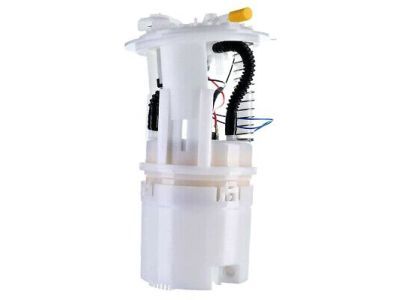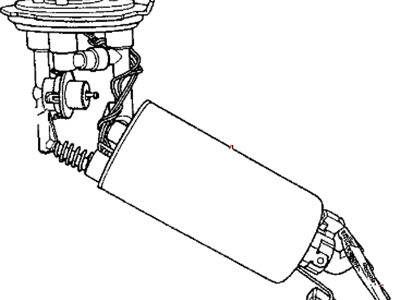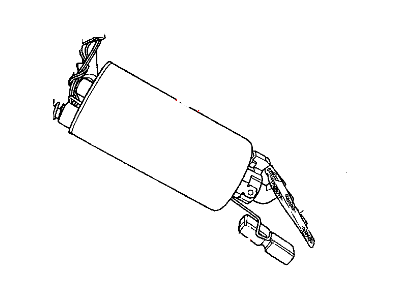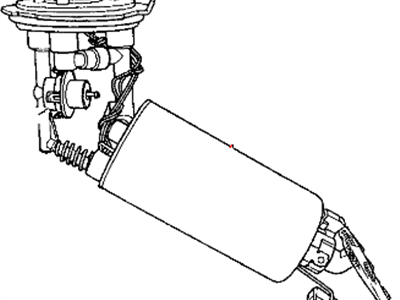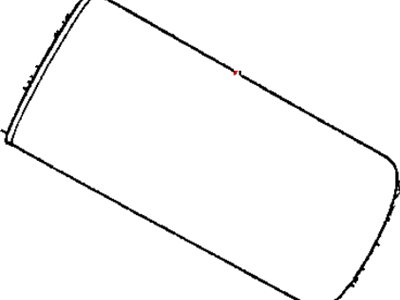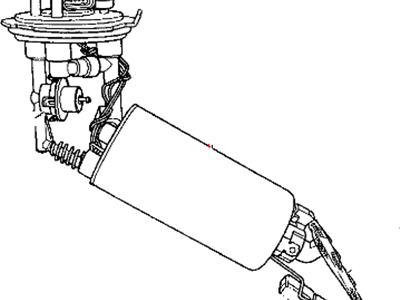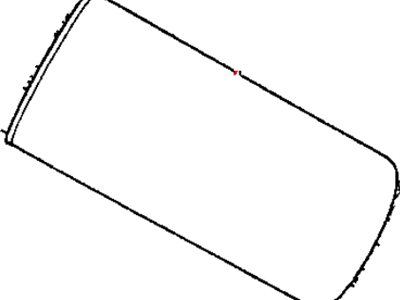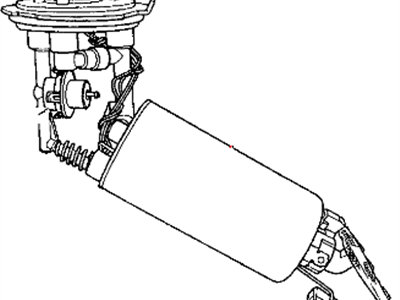
My Garage
My Account
Cart
Genuine Chrysler PT Cruiser Fuel Pump
Gas Pump- Select Vehicle by Model
- Select Vehicle by VIN
Select Vehicle by Model
orMake
Model
Year
Select Vehicle by VIN
For the most accurate results, select vehicle by your VIN (Vehicle Identification Number).
7 Fuel Pumps found

Chrysler PT Cruiser Fuel Pump Module/Level Unit
Part Number: 5161377AB$317.78 MSRP: $480.00You Save: $162.22 (34%)Chrysler PT Cruiser Fuel Pump Module/Level Unit
Part Number: 5161377AD$317.78 MSRP: $480.00You Save: $162.22 (34%)Chrysler PT Cruiser Fuel Pump Module/Level Unit
Part Number: 5161377AC$317.78 MSRP: $480.00You Save: $162.22 (34%)Chrysler PT Cruiser Fuel Pump Module/Level Unit
Part Number: 5161377AA$317.78 MSRP: $480.00You Save: $162.22 (34%)Chrysler PT Cruiser Fuel Pump Module/Level Unit
Part Number: 5161377AE$317.78 MSRP: $480.00You Save: $162.22 (34%)
Chrysler PT Cruiser Fuel Pump
The Fuel Pump in Chrysler PT Cruiser vehicles is important in facilitating the delivery of fuel to the engine carburetor or fuel injecting system. Chrysler PT Cruiser models generally incorporate electric fuel pumps and those pump are installed in the fuel tank and they are incorporated with fuel tank sending unit. Other bulky carbed engines can have mechanical fuel pump which are located outside and is driven by the camshaft of the engine. Chrysler PT Cruiser fuel pumps differ in design with electrical pumps delivering higher pressures as compared to the mechanical ones with the pressure ranging from 40-60 psi or more as compared to up to 15 psi of mechanical pumps. The electric pumps also have benefits as cooling and safety features which are under the supervision of electronic control units. In general, the Fuel Pump plays a critical role in the effective operation of the Chrysler PT Cruiser's fuel system.
Looking for affordable and high-quality auto parts? Then you have already arrived at the proper online shop. We offer all Chrysler PT Cruiser Fuel Pump at great affordable prices. Moreover, all genuine Chrysler PT Cruiser Fuel Pump come with a manufacturer's warranty. In the long run, you would realize you have saved a lot of trouble and money with OEM parts from here.
Chrysler PT Cruiser Fuel Pump Parts Questions & Experts Answers
- Q: How to check Fuel Pump on Chrysler PT Cruiser?A:If you suspect insufficient fuel delivery, first check the battery to ensure it is fully charged, then inspect the fuel filter for obstructions, which is attached to the bottom of the fuel pump/fuel level sending unit module. Next, examine the fuel line, hoses, and quick-connect fittings to verify that there is no leak in a line. Verify that the fuel pump actually runs by removing the fuel filler cap and having an assistant turn the ignition switch to ON while you listen for the sound of the fuel pump operating; a brief whirring noise indicates the pump is pressurizing the system. If there is no sound, check the fuel pump electrical circuit. If the pump runs but a fuel system problem persists, proceed to check the fuel pump pressure. Before doing so, ensure you have a fuel pressure gauge capable of measuring up to 70 psi and an adapter for the Schrader valve-type test port on the Fuel Rail. Relieve the fuel system pressure, then connect the fuel pressure gauge and hose to the test port after unscrewing the test port cap. Start the engine and let it idle; the fuel pressure should be within the operating range. If the pressure is higher than specified, replace the fuel pump module. If it is lower, check the fuel line, hoses, connectors, and injectors for leaks, and inspect the fuel strainer for restrictions. If all components are okay, the fuel pressure regulator or fuel pump may be defective, necessitating a replacement of the fuel pump module. After testing, relieve the fuel pressure, remove the gauge, and reinstall the cap on the test port. If the pump does not turn on, check the fuel pump fuse and relay located in the Power Distribution Center; if they are good and the pump still does not operate, check the fuel pump circuit.
